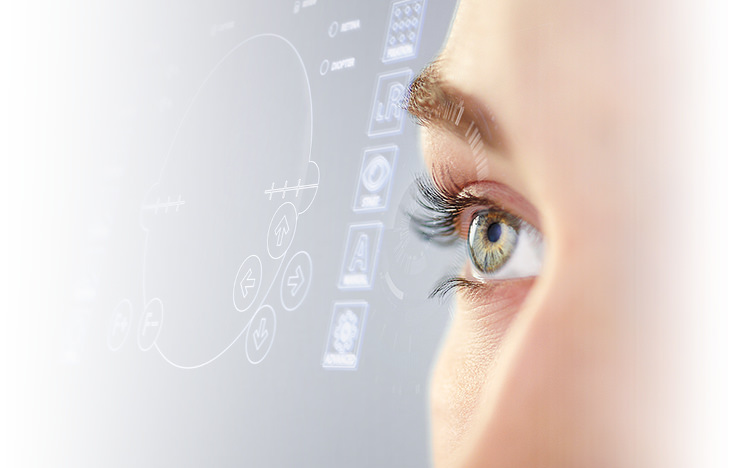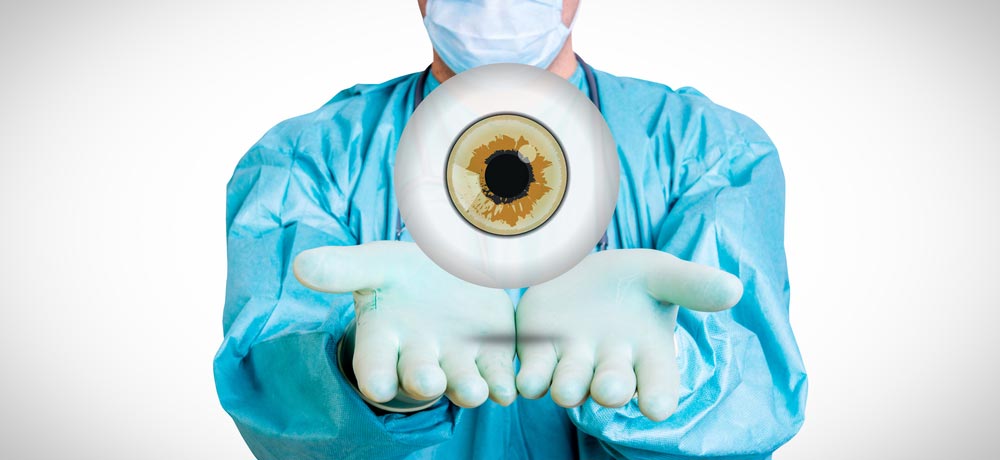Advanced Refractive Surgeries in AL: Explore Options at Our Clinic
Wiki Article
Checking Out the State-of-the-Art Technologies Utilized for Diagnosing and Dealing With Eye Problems
In the world of ophthalmology, the evolution of modern technology has significantly boosted the tools readily available for identifying and dealing with different eye problems. From innovative imaging modern technologies that offer thorough insights right into ocular frameworks to robotic-assisted surgeries that offer unparalleled precision, the landscape of eye treatment is constantly progressing. With the integration of fabricated intelligence in diagnostics, genetics treatment developments, and digital truth rehabilitation, the opportunities for improving individual results are expanding at a fast rate. The convergence of these innovative technologies holds the guarantee of changing the field of ophthalmology, supplying new opportunities for personalized and efficient treatments.
Advanced Imaging Technologies
Advanced Imaging Technologies have reinvented the area of ophthalmology by offering specific and detailed visualization of the eye structures. Optical Comprehensibility Tomography (OCT) stands apart as a vital technology in this realm. OCT makes use of light waves to capture high-resolution cross-sectional pictures of the retina, permitting for the recognition of minute structural modifications. This non-invasive strategy help in the early discovery and surveillance of various eye conditions such as macular deterioration, diabetic person retinopathy, and glaucoma.Furthermore, Fundus Photography is an additional essential tool in ophthalmic imaging. This method entails recording thorough photos of the rear of the eye, consisting of the retina and optic disc. Fundus Digital photography aids in recording the development of eye conditions, reviewing therapy efficiency, and informing individuals about their eye health.

Robotic-Assisted Surgery
Robotic-assisted operations have considerably advanced the abilities of ophthalmic surgical treatment, ushering in a new era of accuracy and effectiveness in treating various eye problems. By incorporating robotic technology into operations, ophthalmologists can accomplish exceptional accuracy and control, leading to boosted person end results.Among the primary advantages of robotic-assisted surgery in ophthalmology is the boosted mastery and stability it offers to surgeons. The robot arms can do accurate movements with a high level of accuracy, allowing for fragile procedures with marginal invasiveness. This level of precision is specifically valuable in surgical treatments including the retina, where also minor errors can have substantial implications for a patient's vision.
Moreover, robotic-assisted surgical systems give real-time imaging and comments to the surgeon, allowing them to make enlightened decisions throughout the procedure. This modern technology improves the surgeon's situational understanding and permits modifications to be made promptly, making sure ideal outcomes for the client.
Artificial Knowledge in Diagnostics
With the development of innovative technologies improving medical precision in sensory treatments, the integration of Artificial Knowledge in diagnostics has emerged as a crucial development reinventing the area of eye care. Expert System (AI) algorithms are being progressively made use of to analyze complicated information from imaging technologies like optical coherence tomography (OCT) and fundus photography to aid in the very early detection and accurate diagnosis of numerous eye problems. These AI systems can efficiently determine patterns and abnormalities in photos that might not be discernible to the human eye, enabling quicker diagnosis and therapy preparation.AI formulas can additionally forecast condition development, suggest individualized therapy plans, and examine the efficiency of interventions. By improving the diagnostic process, AI not just boosts the performance of eye treatment experts however also improves patient end results by enabling timely treatments. As AI proceeds to development, its function in diagnostics is expected to increase, supplying brand-new possibilities for early treatment and individualized treatment in the field of ophthalmology.
Genetics Therapy Developments
In the realm of ophthalmic advancements, current strides in gene therapy technologies have sparked substantial rate of interest among scientists and health care professionals alike. Genetics therapy holds immense pledge in transforming the treatment of various eye problems by targeting the hidden genetic reasons. By presenting genetic product into cells to make up for abnormal genetics or to offer an absent gene, genetics therapy supplies an individualized strategy to dealing with inherited eye conditions such as retinitis pigmentosa, Leber congenital amaurosis, and others that were formerly considered untreatable.
As research study in genetics therapy proceeds to development, the capacity for customized therapies for a wider array of eye conditions expands, using new wish for clients with hereditary eye illness.
Digital Truth Rehabilitation
Digital truth rehabilitation has actually emerged as an innovative method in refractive surgeries in al boosting the recovery and recovery processes for people with various aesthetic problems. cataract care service. By mimicing real-world settings through immersive modern technology, virtual truth supplies an unique system for vision treatment and rehabilitation. This ingenious method allows people to involve in interactive exercises and activities made to improve visual skill, deepness perception, eye sychronisation, and general aesthetic functioningOne key advantage of online fact rehabilitation is its ability to personalize therapy programs based upon the specific needs and capabilities of each individual. Via real-time feedback and monitoring, health care experts can track progression, readjust treatments, and provide customized like enhance results. Furthermore, digital fact modern technology can develop a safe and controlled space for individuals to practice visual jobs, overcome challenges, and build confidence in a virtual setup prior to transitioning to real-world circumstances.
Conclusion
To conclude, the innovations in imaging modern technologies, robotic-assisted surgeries, expert system diagnostics, genetics treatment advancements, and online truth rehabilitation have significantly boosted the medical diagnosis and therapy of eye conditions. refractive surgeries in al. These cutting edge technologies have actually changed the area of ophthalmology, enabling for even more efficient and accurate treatments. As innovation remains to advance, the future of eye treatment looks appealing with the potential for much more ingenious solutions to boost individual outcomesIn the world of ophthalmology, the development of technology has actually substantially enhanced the devices available for identifying and treating numerous eye conditions. Fundus Digital photography helps in documenting the development of eye conditions, evaluating therapy effectiveness, and educating people regarding their eye wellness.
Man-made Knowledge (AI) algorithms are being significantly used to examine complicated data from imaging innovations like optical comprehensibility tomography (OCT) and fundus photography to assist in the very early detection and accurate medical diagnosis of different eye conditions.In conclusion, the innovations in imaging innovations, robotic-assisted surgical procedures, synthetic knowledge diagnostics, genetics treatment developments, and virtual reality recovery have dramatically enhanced the medical diagnosis and therapy of eye problems. As technology continues to evolve, the future of eye treatment looks promising with the potential for also more ingenious solutions to boost client results.
Report this wiki page